18 Jul
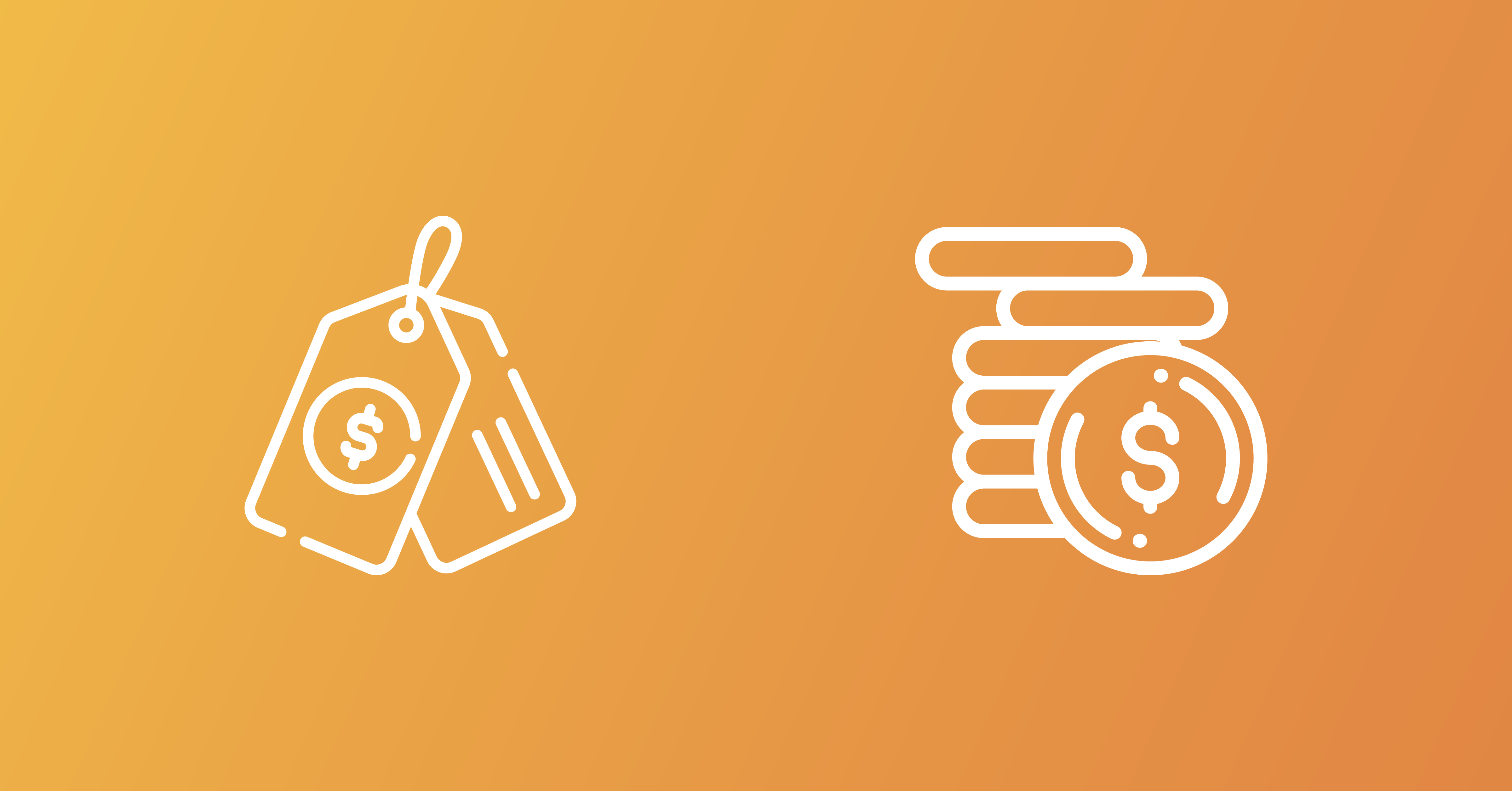
Cost and price have a distinct meanings in terms of accounting. Both terms are used in the context of sales, but most people get confused with these terms. Technically, Cost refers to the expense incurred for making a product and services by the company to sell. On the contrary, price is what the customer pays for products and services.
This article helps readers understand the mechanisms and differences between Cost and price.
Let’s take a closer look
Table of Contents
Cost
Cost refers to the expenses incurred for manufacturing or producing the product and services of the organization. The Cost is the amount involved in product production, marketing, and distribution. In addition, The Cost includes the raw material used in making the product.
Cost is further classified into fixed, variable, and opportunity costs.
Fixed cost
Fixed costs are the cost that remains constant with a certain level of output or sale. For example, depreciation on a fixed asset.
Variable Cost
Variable costs are costs that change with the change in level of activity. For example, direct labor, direct material, etc.
Opportunity Cost
Opportunity cost is the value of one or more products given up to make up desired products or services.
Price
Price is typically the amount end customers pay to buy products or services. Moreover, it refers to the amount which anything can buy and sell. The company determines the price to ensure the organization can make a reasonable profit. Therefore, every company needs to make prices higher than costs to get more profit.
Price can be further classified as the selling price, transaction price, bid price, and buying price.
Selling price
The selling price is the price for which something actually sells.
Transaction price
The transaction price is the amount of consideration expected for exchanging goods or services with a customer.
Bid price
The bid price is the highest price buyers pay to buy goods or services.
Buying price
The buying price or purchase price is the value at which the product is finally sold.
Example of Cost and price
Suppose a company XYZ manufacturing goods costs $3000, then the price must be higher than the $3000 otherwise company cant get profit. The profit on sale can find by subtracting the cost from the price. For example, if a company’s sales revenue is $4000 from its manufactured product sales. It incures $3000 cost, and then its profit is $1000.
Cost =$3000
Price=$4000
Profit=Price – cost
Profit=$4000 – $3000=$1000
Key differences between Cost and price
Let’s discuss the major difference between Cost and price.
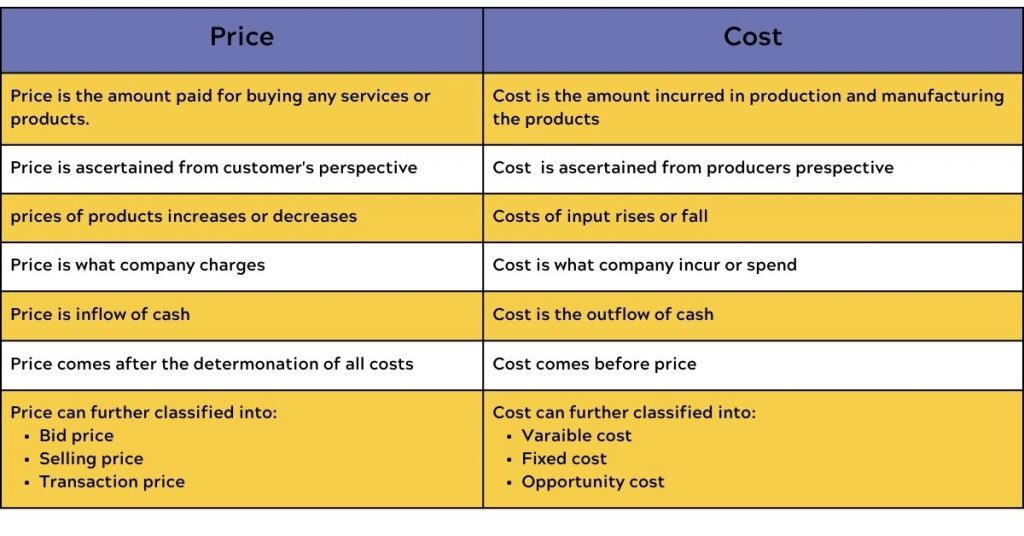
Conclusion
Summing up the article, we understood the difference between Cost and price. However, as mentioned before, the two terms have a different meanings when applied in accounting or business.
Shabana has been a committed content writer and strategist for over a 5 years. With a focus on SaaS products, she excels in crafting compelling and informative content.
Related Post
Copyright © 2024 – Powered by uConnect
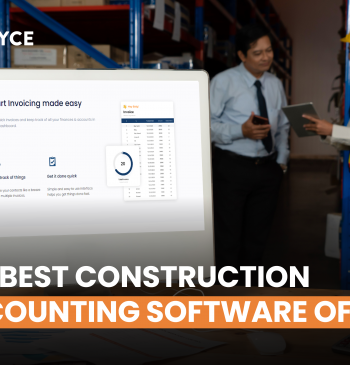
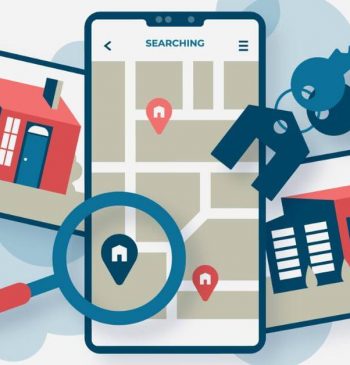
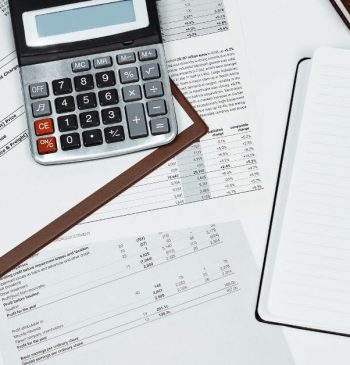
Shabana